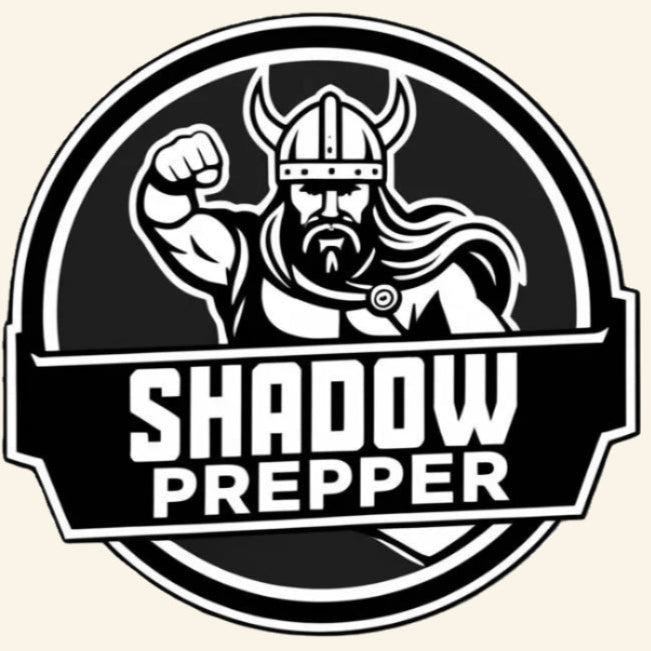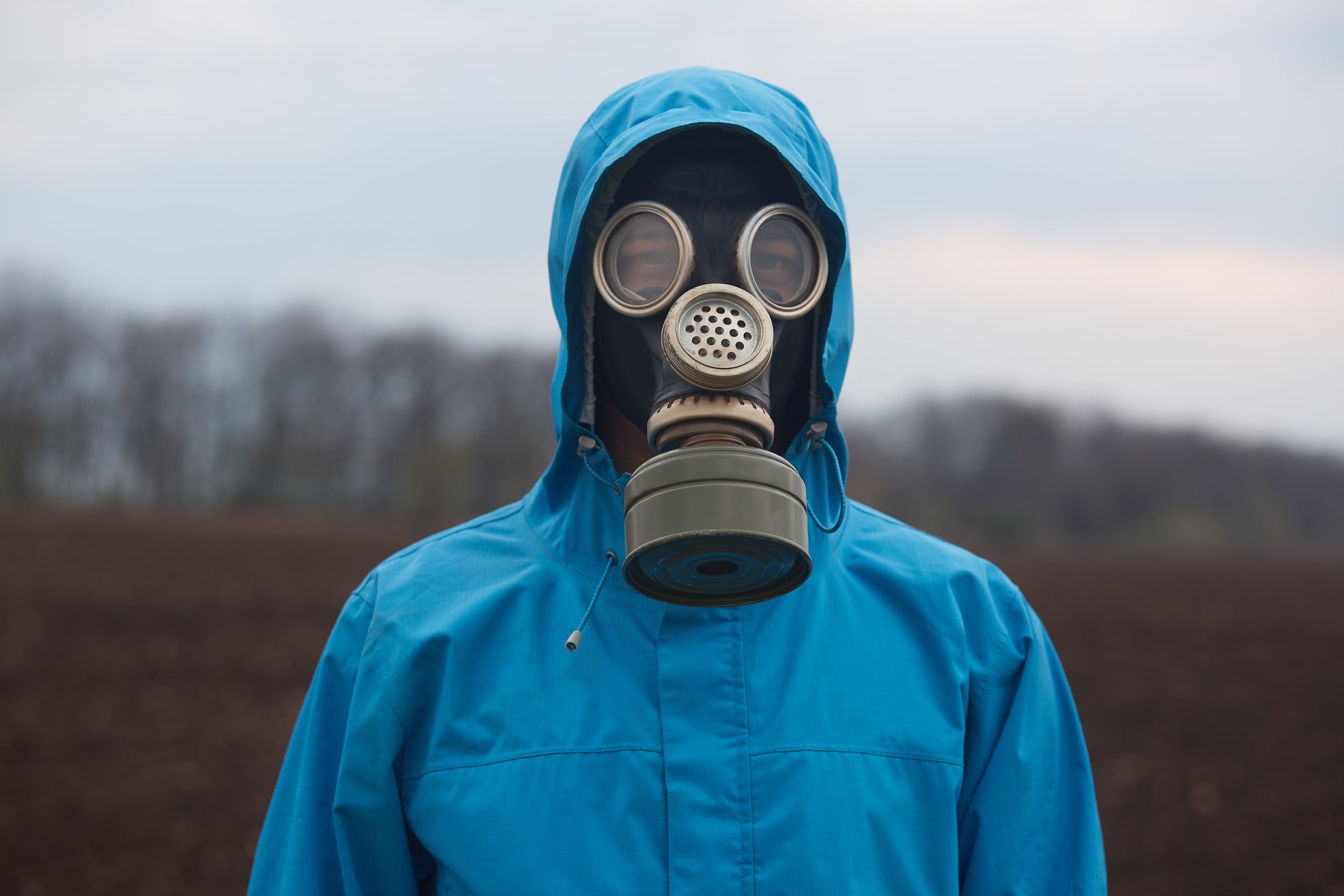Understanding the Different Types of Preppers and Survivalists
Posted on December 17 2024,
The world of prepping is likely even more diverse than you would imagine From stocking up on water and canned goods for emergencies to cultivating self-sufficient homesteads, every prepper and survivalist brings a unique approach to readiness.
Let's explore the distinct categories to understand how they contribute to a broader culture of preparedness — and possibly help you to decide where you'd like to fit in.
1. The Everyday Prepper
Everyday preppers take a practical, no-frills approach to readiness. Their primary goal is to ensure their household can weather common emergencies such as power outages, severe weather and even financial hardships.
Key Traits:
- Maintain a modest stockpile of essentials like non-perishable food, water, batteries, and first-aid supplies
- Focus on short-term scenarios (72-hour emergencies)
- Frequently invest in multipurpose item such as portable chargers and fire starters
Everyday preppers are often discreet, viewing preparedness as a smart thing to do without changing much of their daily routine.

2. The Urban Prepper
Urban preppers prepare for survival in densely populated areas where resources and space are often limited. Their approach is often tailored to urban-specific threats such as riots, water contamination, power grid failure or transportation gridlocks.
Key Traits:
- Emphasize portability and compact storage including bug-out bags and small-scale water filtration systems
- Focus on skills like urban foraging, self-defense and alternative transportation methods
- Plan for swift evacuation routes and safe havens outside the city
Urban preppers are resourceful, leveraging their surroundings to prepare creatively while balancing the constraints of city life.
3. The Shadow Prepper
Shadow preppers operate under the radar often keeping their preparedness efforts private. They value secrecy to avoid scrutiny or becoming a target during a crisis.
Key Traits:
- Focus on self-reliance for longer periods of time
- Build caches of supplies in inconspicuous locations
- Plans for both shelter in place as well as evacuation
- Tend to not share their plans unless people actively show interest
For shadow preppers discretion is key. They typically believe that being unknown is an asset when resources become scarce especially in a densely populated urban area.

4. The Minimalist Prepper
Minimalist preppers emphasize skills, adaptability and resourcefulness to thrive with fewer physical resources.
Key Traits:
- Invest in high-quality, multipurpose tools and gear
- Rely on knowledge of survival techniques such as bushcraft, fire-starting and shelter-building
- Focus on mobility and flexibility over stockpiling goods
Minimalist preppers often prefer to "live off the land" and practice techniques that reduce dependency on material goods.
5. The Homesteader
Homesteaders are long-term planners who aim for total self-sufficiency by creating sustainable lifestyles. They blend elements of prepping with agricultural and DIY skills.
Key Traits:
- Cultivate gardens, raise livestock and preserve food through canning and fermentation
- Focus on renewable resources, such as solar panels and rainwater collection
- Emphasize community-building with like-minded neighbors
Homesteaders value sustainability over quick fixes, creating a lifestyle that aligns closely with nature.

6. The Wilderness Survivalist
Wilderness survivalists prioritize outdoor skills and survival in remote, natural environments. They are often motivated by a love of nature and the desire to master primal skills.
Key Traits:
- Excel in bushcraft, foraging, hunting and fishing
- Build shelters and create tools using materials found in the wild
- Prepare for long-term scenarios by developing endurance and outdoor resilience
For survivalists, the wilderness is both a playground and a proving ground for their abilities.
7. The Doomsday Prepper
Unfortunately, this is likely the way most people view preppers. Doomsday preppers prepare for catastrophic events such as war, global pandemics or economic collapse. Their approach is more intense and far-reaching than other types of preppers.
Key Traits:
- Build fortified shelters or bunkers
- Stockpile significant amounts of food, water, and ammunition
- Anticipate long-term disruptions and societal breakdowns
Doomsday preppers are often portrayed in media as extreme, but many take a methodical, calculated approach to their preparedness.

8. The Eco Prepper
Eco or Green preppers prioritize environmentally friendly methods of preparedness. They focus on sustainable practices that minimize their impact on the planet. This can be more of a belief and lifestyle rather than preparedness but it checks all the boxes!
Key Traits:
- Develop renewable energy systems (eg. solar or wind power)
- Focus on permaculture and zero-waste living
- Emphasize reducing dependency on modern, resource-intensive systems
- Water collection and capture with rain tanks and/or a well
For green preppers saving the environment is as much a priority as personal survival.
9. The Community Prepper
Community preppers believe in the power of collective survival. They prioritize networking and creating mutual aid systems among neighbors and friends.
Key Traits:
- Organize skill-sharing workshops and preparedness drills
- Focus on community gardens, shared resources and barter systems
- Emphasize collaboration and unity during emergencies
Community preppers understand that strength often lies in numbers and cooperation.
Final Thoughts
This is by no means a complete list! Preppers vary as much as people do. Prepping and survivalism are deeply personal, influenced by individual priorities, values and environments.
Why you are prepping doesn’t matter nearly as much as the fact that you are actively getting prepared for an unexpected event that disrupts ordinary life and/or services. Understanding the diversity within the prepping community offers inspiration and motivation to see if there is anything you could learn or improve upon in your own prepping style.



0 comments